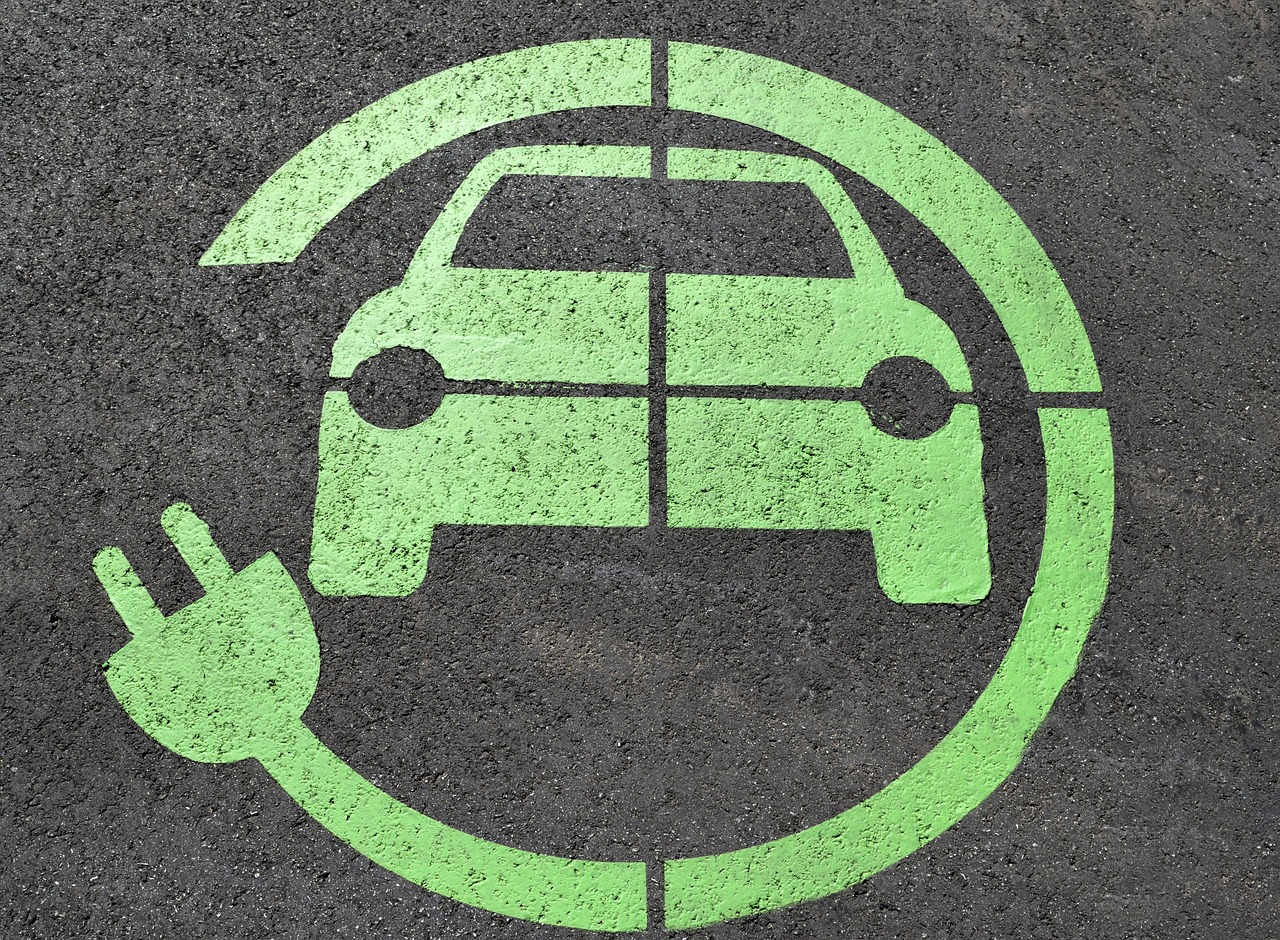The electric vehicle industry is hot right now as people all over the world try to cut carbon emissions and switch to green transportation. Despite the fact that EVs are now more available and energy-efficient, some challenge remains regarding the charging infrastructure. Plug-in charging is traditional and standard and comes with some problems, including the need for physical contacts that are annoying, time-wasting, and cluttering, especially in cities. Wireless EV charging, or inductive charging, has been identified as a possible way around these constraints. This article delits how wireless EV charging works, the advantages and disadvantages of the technology, and whether it can be the charging method of choice in the future.
How Wireless EV Charging Works
IPT is the name of the technology used for wireless EV charging which uses electromagnetic fields to transfer power from a charging pad on the ground to a receiver in the vehicle. The process occurs as follows:
Power Transmission – A charging pad that is embedded in the road or a parking space produces an alternating magnetic field.
Power Reception – A coil in the undercarriage of the EV Hall sensors captures the magnetic field and converts it into electrical energy.
Battery Charging – The energy is then used to charge the vehicle’s battery without the need of a physical connection.
There are two main types of wireless EV charging systems:
- Static Wireless Charging: To receive power, the vehicle must be parked over a charging pad.
- Dynamic Wireless Charging: The vehicle charges when it is driven over specially equipped roads.
These advancements could revolutionize how EVs are powered to make charging more seamless and integrated into everyday life.
Pros of Wireless Charging of Electric Vehicles
Wireless charging has certain advantages over the traditional plug-in charging systems and thus has a great potential for future EVs.
1. Comfort and Simplicity: Another great advantage of wireless charging is the absence of charging cable connectors. EV owners will not have to connect and disconnect the car from the charging unit many times every day.
2. Less Cluttered Charging Infrastructure: In the future, as more cities are populated with electric vehicles, normal charging stations will require a certain amount of space. Wireless charging spots or pathways may avoid the need for large charging facilities, thus increasing the availability of space in cities.
3. Safety: Wireless charging also eliminates the danger of electric shock due to exposed wires and connectors. In addition, it minimizes trip hazards in parking lots and other public areas.
4. The ability to charge continuously: The dynamic wireless charging enables the vehicles to charge themselves while moving, which in turn, reduces the idle time at charging stations and thus, solves the problem of range anxiety. This could be especially useful for public transportation and commercial vehicles.
Problems and Weaknesses of Wireless Electric Vehicle Charging
High Implementation. Costs Researching and putting in place wireless charging infrastructure is expensive than the conventional plug-in charging facilities. This means that incorporating charging pads into the roads is quite expensive, and governments and other organizations may not find it easy to incur the expenses needed for the same.
Energy Efficiency Losses. Using wireless charging, energy losses of 10-20% are observed as opposed to plug-in charging due to power transmission losses. This means that more electricity is used to charge the battery to the same level, which is not very eco-friendly.
Standardization and Compatibility. Today, there are several wireless charging standards that are still developing, and not all auto manufacturers have adopted the same standard. Wireless charging can only become popular if automakers and the infrastructure providers agree on the technology standards that are to be used.
Slower Charging Speeds. Wireless charging is slower than plug-in DC fast charging, which is currently available. While a plug-in fast charger can charge an EV to 80% in 30 minutes, wireless charging takes longer and is not very suitable for long-distance travel.
New Applications of Wireless EV Charging
Wireless EV charging is not yet common, but many sectors are identifying its potential and beginning to explore its application.
- Public Transportation and Taxis: The main advantage of wireless charging for electric buses and taxis is their set path. Charging pads can be located at the bus stops or taxi ranks where vehicles can charge without blocking the way.
- Private and Commercial Parking: Shopping centers, offices, and apartment complexes are testing wireless charging to make the charging process effortless for the owners of electric cars when they park their cars.
- Highway Charging Lanes: A number of countries are trying out dynamic wireless charging on highways where EVs can charge their batteries while moving. If it can be made to work, this could increase the range of vehicles and lessen the need for large battery packs.
The Future of Wireless EV Charging
The following will determine the factors that will make wireless EV charging popular in the future:
- Advancements in Efficiency: Wireless energy transmission is still under development to improve the efficiency of energy transfer to avoid energy losses, and it is as effective as plug-in chargers.
- Cost Reductions: Similar to any new technology, the cost will probably decrease as production increases and investment in the infrastructure increases.
- Government Support: Policies and incentives that support the deployment of wireless charging infrastructure can fast-track the adoption, particularly in smart city projects.
- Adoption by Automakers: Wireless charging capabilities must be supported and integrated by major EV manufacturers for widespread implementation.
While wireless charging may not completely replace plug-in charging, it is expected to be used in urban mobility and public transportation systems in the coming decades.
Wireless charging of EVs is an innovative solution of the conventional plugged in charging. It is therefore has the potential of being convenient, safe and with minimal clutter of the infrastructure to support the EVs on the road. But there are still issues like high costs, low energy efficiency, and absence of standards that are limiting its widespread adoption. As the research and investment are still going on, wireless charging may change the way we are charging electric vehicles and make the ownership of the EVs more convenient and seamless. It is unlikely that in the short term it will completely replace conventional charging methods, but it is a very promising area that may define the future of electric transportation.

